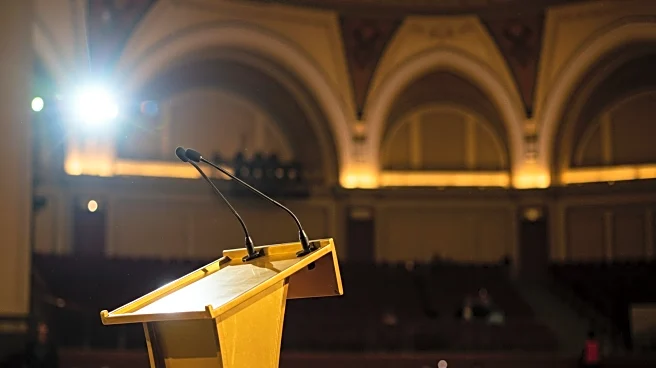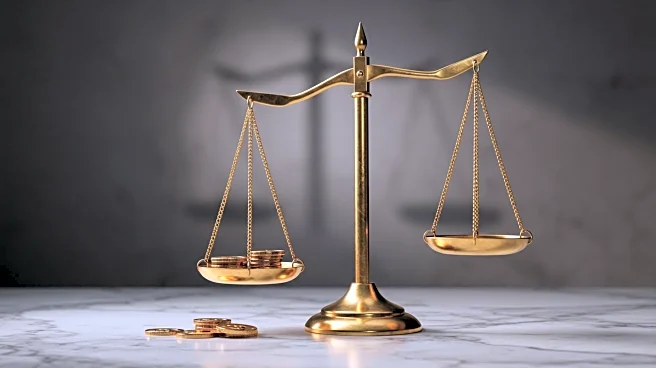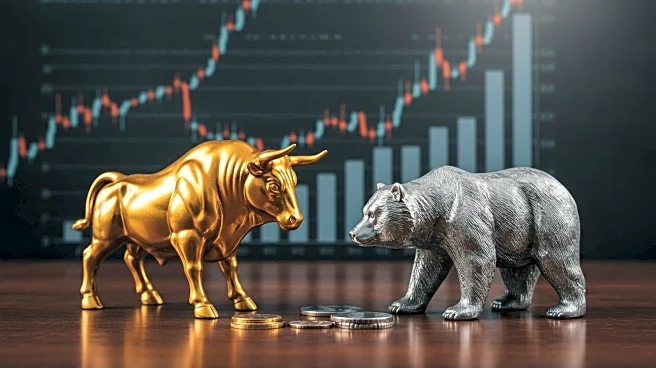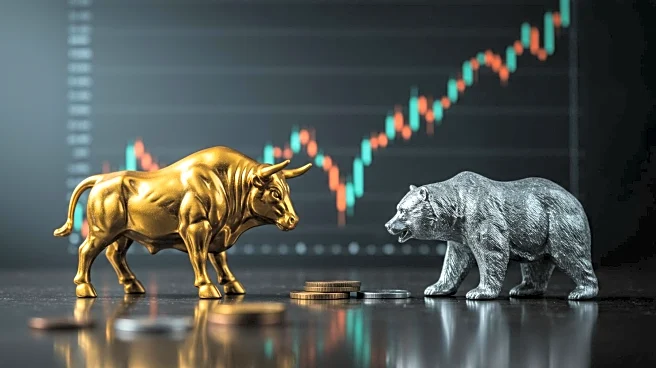What's Happening?
Federal Reserve officials are split on how to interpret recent economic data, as revealed in the minutes from their July 29-30 meeting. The central bank is grappling with low unemployment and elevated inflation, leading to a debate on whether to delay interest rate cuts. Fed Chair Jerome Powell faces challenges in building consensus among policymakers, who are divided on the implications of inflation and job growth. Some officials expect inflation to rise due to tariffs, while others are concerned about persistent inflationary pressures. The disagreement highlights the complexity of balancing inflation risks with rising joblessness.
Why It's Important?
The Federal Reserve's internal divisions underscore the challenges in setting monetary policy amid conflicting economic signals. The debate over interest rates is crucial, as it affects borrowing costs, consumer spending, and overall economic growth. A delay in rate cuts could impact businesses and consumers, influencing investment decisions and economic stability. The Fed's approach to inflation and employment will have significant implications for financial markets and economic stakeholders, as they navigate uncertainties in the current economic environment.
What's Next?
The Federal Reserve will continue to assess economic data and adjust its policy stance accordingly. Upcoming meetings will be critical in determining the path of interest rates, with potential impacts on market expectations and economic forecasts. Policymakers will need to reconcile differing views to formulate a coherent strategy that addresses inflation and employment challenges. Stakeholders, including businesses and investors, will closely watch the Fed's decisions, as they could influence economic conditions and market dynamics.











